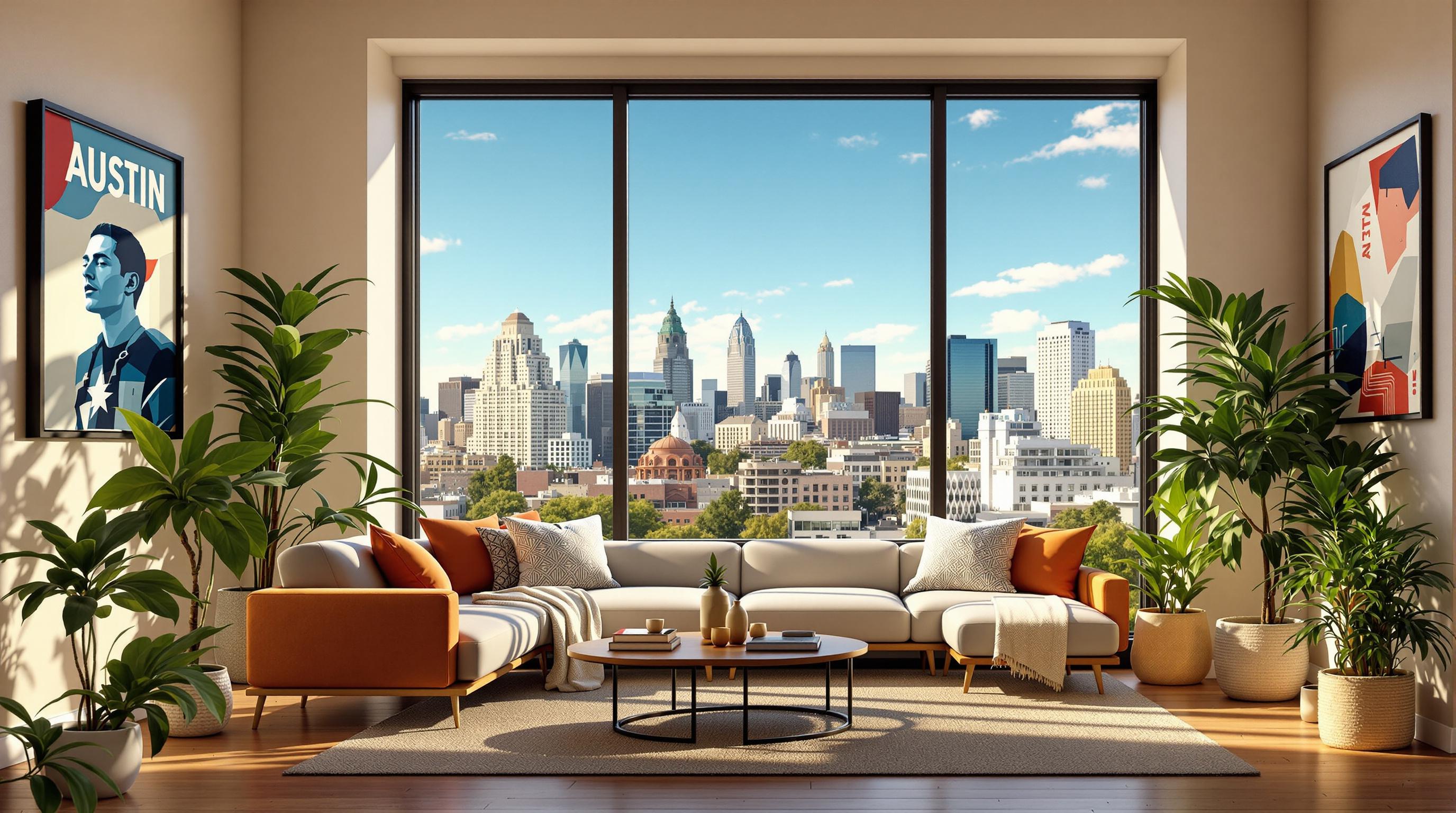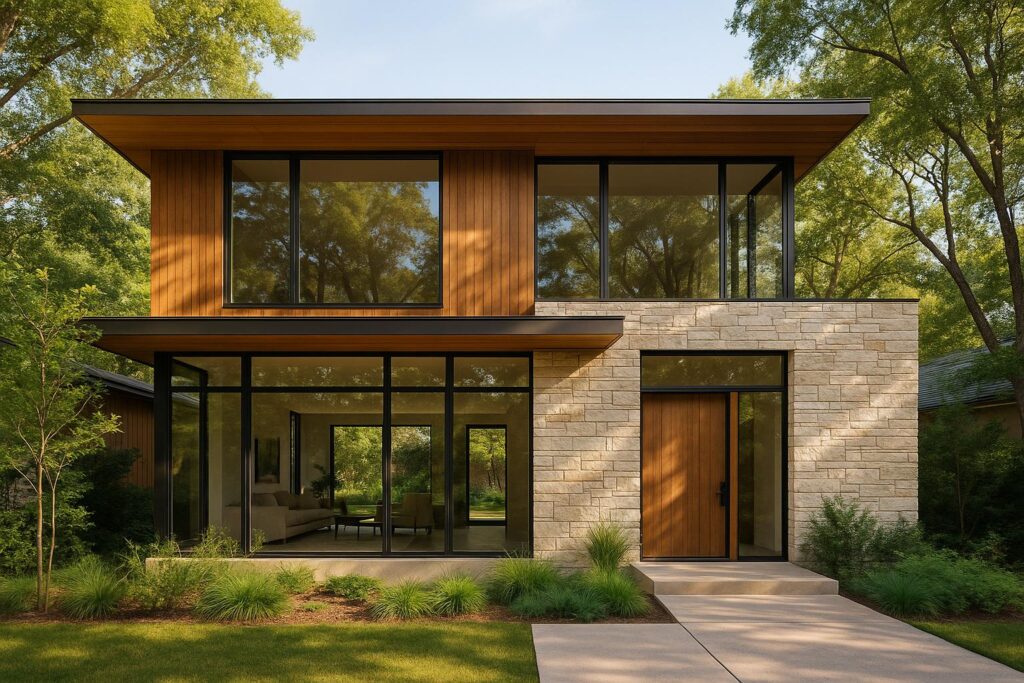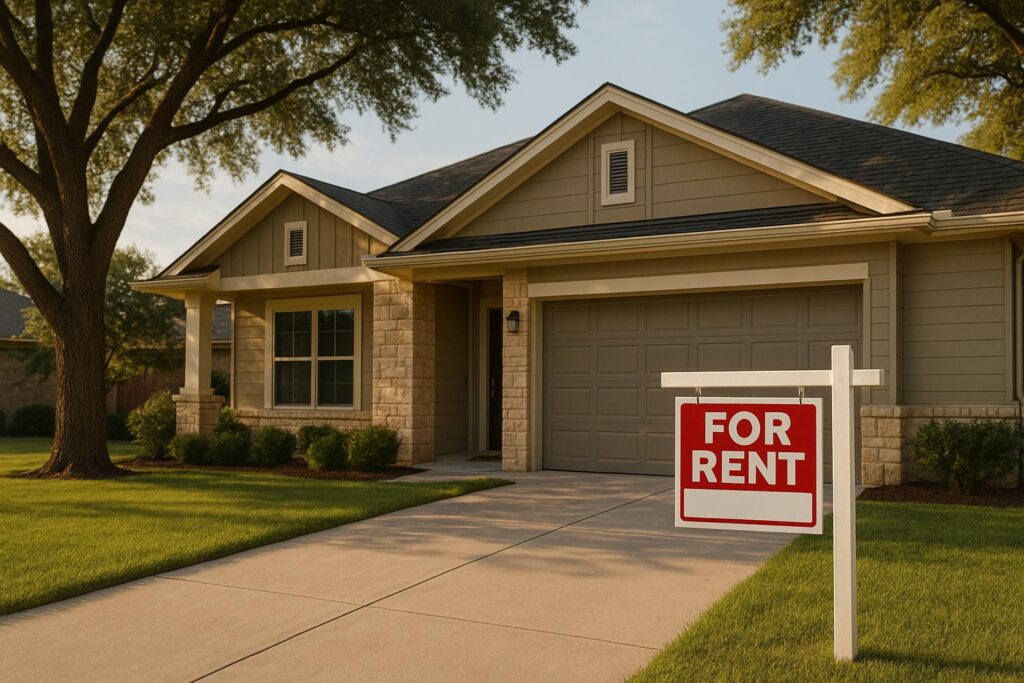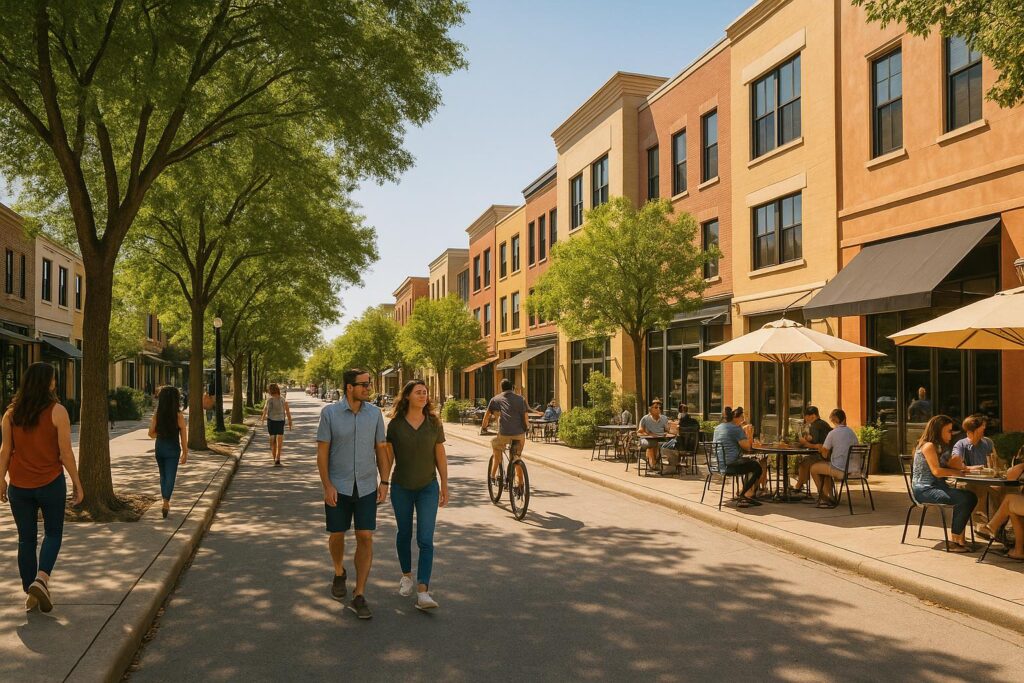Short-term rentals in Austin are booming, driven by location, events, regulations, job growth, and amenities. Here’s what you need to know to stay ahead:
- Prime Locations: Properties near downtown attractions like 6th Street, Lady Bird Lake, and South Congress see higher occupancy and rates.
- Event-Driven Demand: SXSW and ACL Festival boost bookings, while summer heat favors rentals with strong air conditioning.
- Regulations: Austin’s short-term rental types (Type 1, 2, and 3) come with specific permit rules and taxes.
- Population Growth: Austin’s growing job market increases demand for flexible, short-term stays.
- Amenities Matter: Features like private pools, workspaces, and proximity to shops and transit attract more guests.
Key takeaway: Focus on location, event pricing, and amenities to maximize bookings. Follow Austin’s regulations and leverage local expertise for better returns.
Austin, TX Short Term Rentals – Everything You Need To Know
1. Location and Access to Downtown
Properties near downtown Austin tend to attract more guests and offer higher nightly rates. Being close to key attractions like:
- 6th Street Entertainment District
- Austin Convention Center
- Lady Bird Lake recreational trails
- South Congress Avenue’s shops and restaurants
- Texas State Capitol complex
adds significant appeal. Easy access to public transit, including Capital Metro bus routes and MetroRail stations, makes these locations even more desirable by offering convenient, car-free travel options.
Central neighborhoods also see a surge in demand during major events like South by Southwest (SXSW) and the Austin City Limits (ACL) Festival. For investors, targeting these areas can lead to strong occupancy rates and higher returns. However, it’s important to weigh the higher acquisition costs against the potential revenue these prime locations can generate.
Next, we’ll explore how major events and peak seasons influence rental demand.
2. Major Events and Peak Seasons
Austin’s packed event calendar keeps rental demand steady throughout the year, especially in downtown areas during major events.
To make the most of these busy periods, hosts often increase nightly rates and set longer minimum stays. Many also use dynamic pricing tools to adjust rates based on seasonal and event-driven demand.
However, the intense summer heat can affect bookings. Properties equipped with dependable air conditioning and indoor amenities tend to maintain better occupancy during these hotter months.
3. Local Rules and Permit Requirements
Austin categorizes short-term rentals (STRs) into three main types based on ownership and how the property is used:
- Type 1 STRs: These are owner-occupied homes where the host lives on-site and rents out part of the property.
- Type 2 STRs: Non-owner-occupied single-family homes or duplexes. These must meet specific zoning and location requirements.
- Type 3 STRs: Multi-unit properties like apartments and condos, which must comply with city rules as well as any policies set by homeowners associations or management companies.
If you’re hosting an STR in Austin, you’ll need to:
- Get an annual operating license
- Carry liability insurance
- Stick to local occupancy limits
- Equip the property with safety features like smoke detectors and fire extinguishers
- Collect and pay the required city and state lodging taxes
To ensure you’re following the rules, check out Austin’s official STR guidelines. It’s also a good idea to connect with a local real estate expert to help you with the permitting process and identify neighborhoods with available capacity. Next, we’ll dive into how Austin’s job market and population growth are shaping demand for short-term rentals.
4. Job Market and Population Growth
Economic trends play a big role in shaping rental demand.
Job growth and an increasing population often reduce the availability of long-term rentals while pushing rates higher. With more professionals, students, and seasonal residents coming from out of town, short-term rentals become a popular choice. Property owners who pay attention to these shifts can adjust their offerings to meet the growing demand.
Here are a few ways to respond to these changes:
- Keep an eye on local market trends
- Provide flexible stay options
- Highlight locations near workplaces, schools, and public transit
- Use seasonal pricing strategies
Next, let’s look at how amenities and local services can impact short-term rental bookings.
sbb-itb-4c99469
5. Local Services and Property Features
When it comes to short-term rentals, property features play a big role in attracting guests. The right amenities and services can make all the difference in driving demand.
Some top features guests look for include:
- Private pools or covered patios for relaxation
- Programmable thermostats and keyless entry for convenience
- Dedicated workspaces with proper lighting and reliable internet for remote work
Proximity to grocery stores, coffee shops, parks, and public transit can also make a property stand out.
Inside the home, open layouts, plenty of storage, and separate sleeping areas add to the comfort and overall experience.
Next, we’ll dive into neighborhood performance to identify where these features bring the best returns.
Austin Neighborhoods: Short-Term Rental Performance
Location, local events, and regulations play a big role in shaping short-term rental performance across Austin’s neighborhoods.
Occupancy rates and average daily rates (ADR) can differ greatly depending on the area. For instance, Downtown and South Congress – where Type-1 and Type-2 permits are more common – maintain annual occupancy rates of 75–80% with ADRs ranging from $250 to $300. In East Austin, stricter zoning limits reduce the number of rentals, which pushes the ADR up to $280, even with a lower 65% occupancy rate. Over in Zilker, tight restrictions on Type-2 permits result in steady 70% occupancy and an ADR of $260.
With this data in mind, there’s a clear opportunity to explore strategies for boosting bookings and revenue in these distinct market segments.
How to Increase Bookings and Income
Once you’ve assessed your neighborhood’s performance, try these strategies to drive more bookings and boost your revenue:
Use Dynamic Pricing
Adjust your rates with the help of a dynamic pricing tool. Raise prices during popular events like SXSW, ACL, or local festivals. During slower times, lower them to stay competitive. Base your pricing on your neighborhood’s average daily rate (ADR) and make adjustments in small 3–5% steps.
Upgrade Amenities
- Set up work-friendly spaces with fast Wi-Fi and comfortable, ergonomic seating.
- Add outdoor spaces such as patios or balconies for guests to enjoy.
- Incorporate décor that reflects the unique vibe of your neighborhood.
Improve Your Listing
- Highlight how close your property is to landmarks, restaurants, entertainment spots, and public transit.
- Mention walkability and nearby green spaces like parks or trails.
- Use high-quality photos that showcase your property’s best features and spaces.
Working with Austin Real Estate Experts
Once you’ve optimized your listings and amenities, teaming up with local real estate professionals can take your investment strategy to the next level. Experienced agents can help you boost rental income and make smarter decisions in Austin’s short-term rental market.
Local Market Knowledge
Real estate agents offer detailed insights into Austin’s market trends and neighborhood dynamics. This adds to your earlier research on event-driven demand and neighborhood performance, giving you a clearer picture of where to focus your efforts.
Navigating Regulations
Experienced professionals can help you understand Austin’s complex permit requirements and guide you through the licensing process more efficiently.
Finding the Right Property
Local experts specialize in matching investors with properties that fit their goals. With the right match, you can set up your rental quickly and start earning revenue sooner.
"It was helpful having an agent born and raised here because neither my wife nor I had ever been to Texas before and knew very little about the area. This came in handy especially when we needed a list of the best spots to eat! I couldn’t have been happier with Tyler’s service and professionalism, we will absolutely be using him when the time comes to find our next home."
– Kevin & Katie P.
Expanding Your Professional Network
Agents can connect you with trusted lenders, inspectors, and contractors to assist with financing, property evaluations, and renovations.
"He helped us understand the process of buying in America, and was patient with our questions. He also had a strong network (lenders, inspectors, contractors) that we employed to make our house the way we wanted."
– Greg & Sylvie C.
Conclusion
Properties in the right location and priced correctly tend to maintain higher occupancy rates and generate better revenue. By using the insights on location, seasonality, regulations, market trends, and amenities covered earlier, you can refine your property strategy to boost your returns. Reach out to Austin Local Team today to tap into local expertise and make the most of your Austin short-term rental investment.





